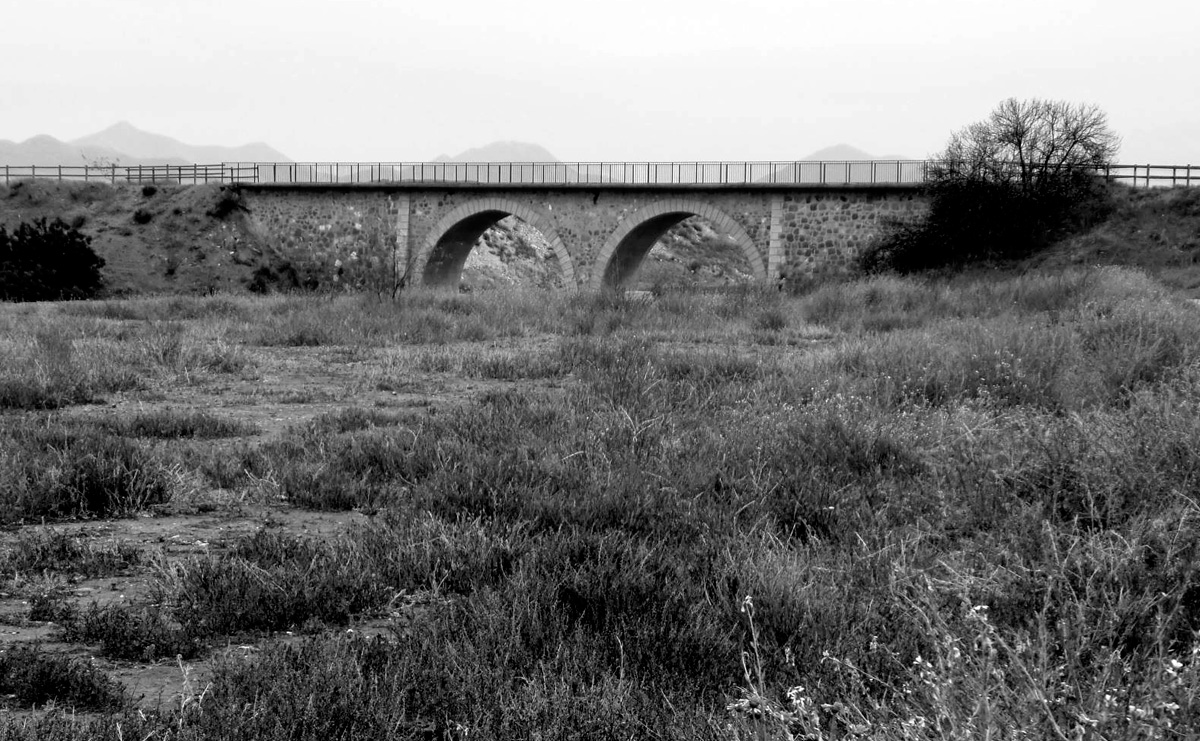Campo de Cartagena Greenway
History of the Railway

Trains have been arriving in Cartagena since 1863, with a line from Murcia and Madrid. 22 years later this part of Murcia had another railway, which connected Alcantarilla with Lorca and Andalusia as of 1885. This port city, where is a Navy base, thus acquired a somewhat long and precarious connection with southbound routes, since it involved an obligatory detour around the regional capital of Murcia. That is why alternatives to this long branch were considered, with one of the most common justifications being the connection between Navy bases, namely this one in Cartagena and the one in San Fernando, Andalusi. The latter, in the Cadiz area, led to the creation of another failed railway: the line from Jerez to Almargen.
And although private enterprise had been behind this project for many years, it never came to fruition. The military justification and the impulse of the Guadalhorce Plan, which sought to interconnect the national network with several new lines, was what put thousands of workers to move earth and build bridges in this area of Campo de Cartagena, with a line that was intended to connect with Águilas via the vicinity of Mazarrón. In Águilas it connected with the railway that goes to Almendricos, thus stitching together the entire Murcia coastline by train and opening a direct route to Eastern Andalusia via Guadix.
But in 1928 it was decided to abort the project to reach Águilas, in order to achieve a more direct connection with the existing network in Totana, designing a new route from the locality of La Pinilla. This forced the early abandonment of the area that had already been levelled La Pinilla and Mazarrón. Finally, when all the infrastructure work was completed, before the tracks were laid, an unfavourable report by the World Bank in the 1960s condemned this unborn railway to death, leaving these two earthworks that mark this region with a "Y" of failed railways, which are now greenways.


